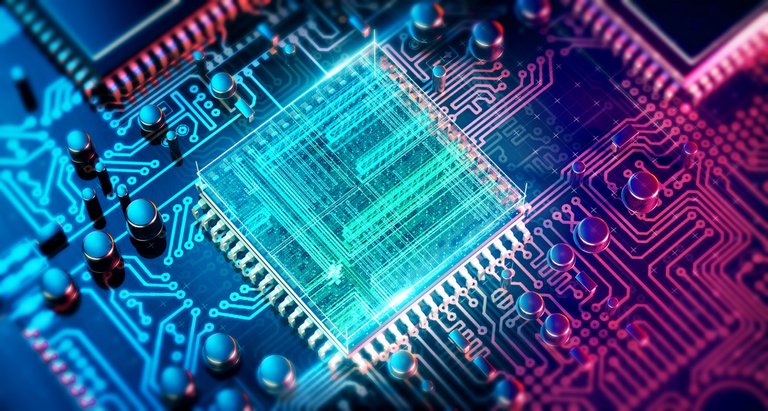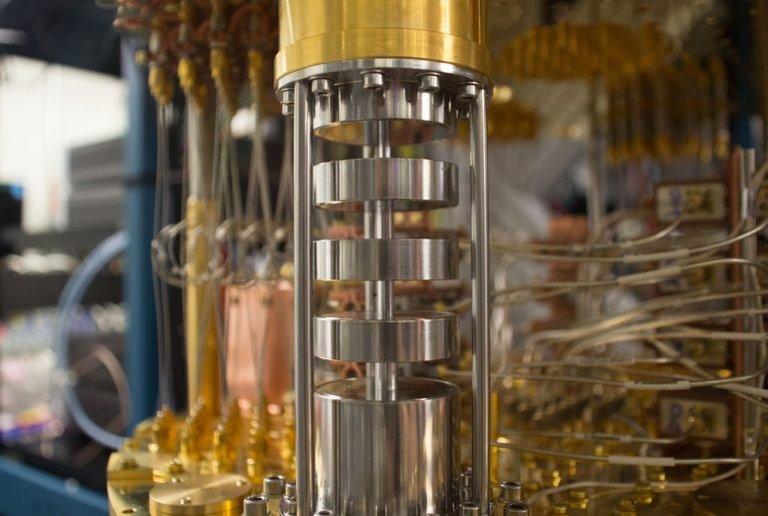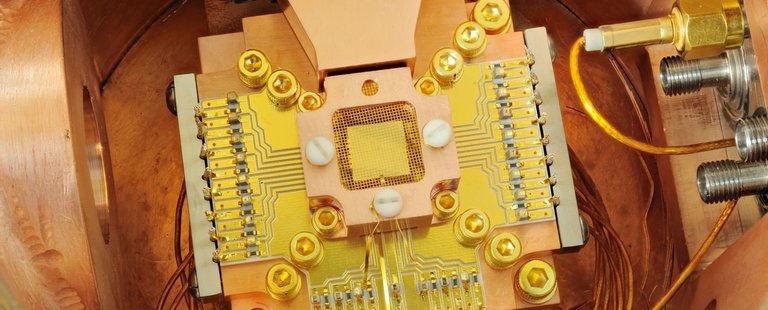
Have you heard of quantum mechanics, it was introduced by Stephan Wiesner. this developments occured in cryptography field in 1970. Quantum computing is computing using quantum-mechanical phenomena, however, they are different from binary electronic computers based on transistors. Each of which is always in one of two definite states (0 or 1), quantum computation uses quantum bits, which can be in superposition of states. A quantum computer was formulated for use as a quantum space time in the year 1968. large scale quantum computers can be able to solve complex problems and they use algorithms to carry out this tasks. the major importance of quantum computing is that it can be able to solve certain problems that are not feasible to the real world.
Quantum computing has needs, Promise, and Realities. Today’s digital, computers are built on a classical, and very limited, model of computing. this brings us to the idea of Moore’s law, Shmore’s Law. The fact remains that a computational task as quickly finding the prime factors for very large integers is probably out of reach even for the fastest conventional computers of the future. Some things grow at a consistent rate and some things faster as the number of things you have also grows. When growth becomes too rapid, not constant in relation to the growing total number, then it is exponential. there are various things quantum computing can really do.

The idea behind quantum computing is that, classical computer has a memory made up of bits, and each bit is represented by either a 1 or a 0. A quantum computer maintains a sequence of qubits which can represent a 1, a 0, or any quantum superposition of those two qubit states.
Think about this: The device you’re using to read this article works with information stored as binary digits, or bits, each of which can occupy a discrete value of 1 or 0. A standard character from the Latin alphabet is made up of eight bits, otherwise known as a byte. The eight bits in a byte, each a 0 or a 1, can together refer to any alphanumeric symbol. Everything a computer processes, no matter how complex, can be reduced to a string of bits.
But a quantum computer works with information that’s stored in quantum bits, or qubits. A qubit can occupy a value of 1, 0, or any quantum superposition of the two states. Think about this: The device you’re using to read this article works with information stored as binary digits, or bits, each of which can occupy a discrete value of 1 or 0. A standard character from the Latin alphabet is made up of eight bits, otherwise known as a byte. The eight bits in a byte, each a 0 or a 1, can together refer to any alphanumeric symbol. Everything a computer processes, no matter how complex, can be reduced to a string of bits. But a quantum computer works with information that’s stored in quantum bits, or qubits. A qubit can occupy a value of 1, 0, or any quantum superposition of the two states. That makes things more complicated.
Think about this: The device you’re using to read this article works with information stored as binary digits, or bits, each of which can occupy a discrete value of 1 or 0. A standard character from the Latin alphabet is made up of eight bits, otherwise known as a byte. The eight bits in a byte, each a 0 or a 1, can together refer to any alphanumeric symbol. Everything a computer processes, no matter how complex, can be reduced to a string of bits. But a quantum computer works with information that’s stored in quantum bits, or qubits. A qubit can occupy a value of 1, 0, or any quantum superposition of the two states. That makes things a little more complicated.
PUTTING QUANTUM INTO PRACTICE

However, we’re at a stage where researchers are able to construct specialized systems that can have access to a large number of qubits. These computers are great for testing things like hardware configurations and algorithms, but as Time pointed, they’re expensive and only the most basic version of what researchers really envision. The true potential of a quantum system will only be realized once hundreds of qubits can coexist together and work together as a whole.
Hi! I am a robot. I just upvoted you! I found similar content that readers might be interested in:
https://en.wikipedia.org/wiki/Quantum_computer
Hi again @okoyeobinna, Cheetah says that this is possibly not original content - it is now likely to be investigated for plagiarism. Posting something that already exists out there doesn't add any value at all, even if you add your own images. Are you able to confirm that the poem on your intro post was yours? I give you the benefit of doubt, and a google search doesn't seem to come up with a match, but I think you may possibly need to reconsider your approach to what you present here.
I see you have only just joined Steemit, so perhaps you don't realise this, or perhaps you have been told by someone that this is ok. You do say in your intro post that you want to "meet people that i will learn alot from"...this will not happen unless you start being original my friend. Steemit is completely transparent and only original content is valued!
Your choice ultimately of course!